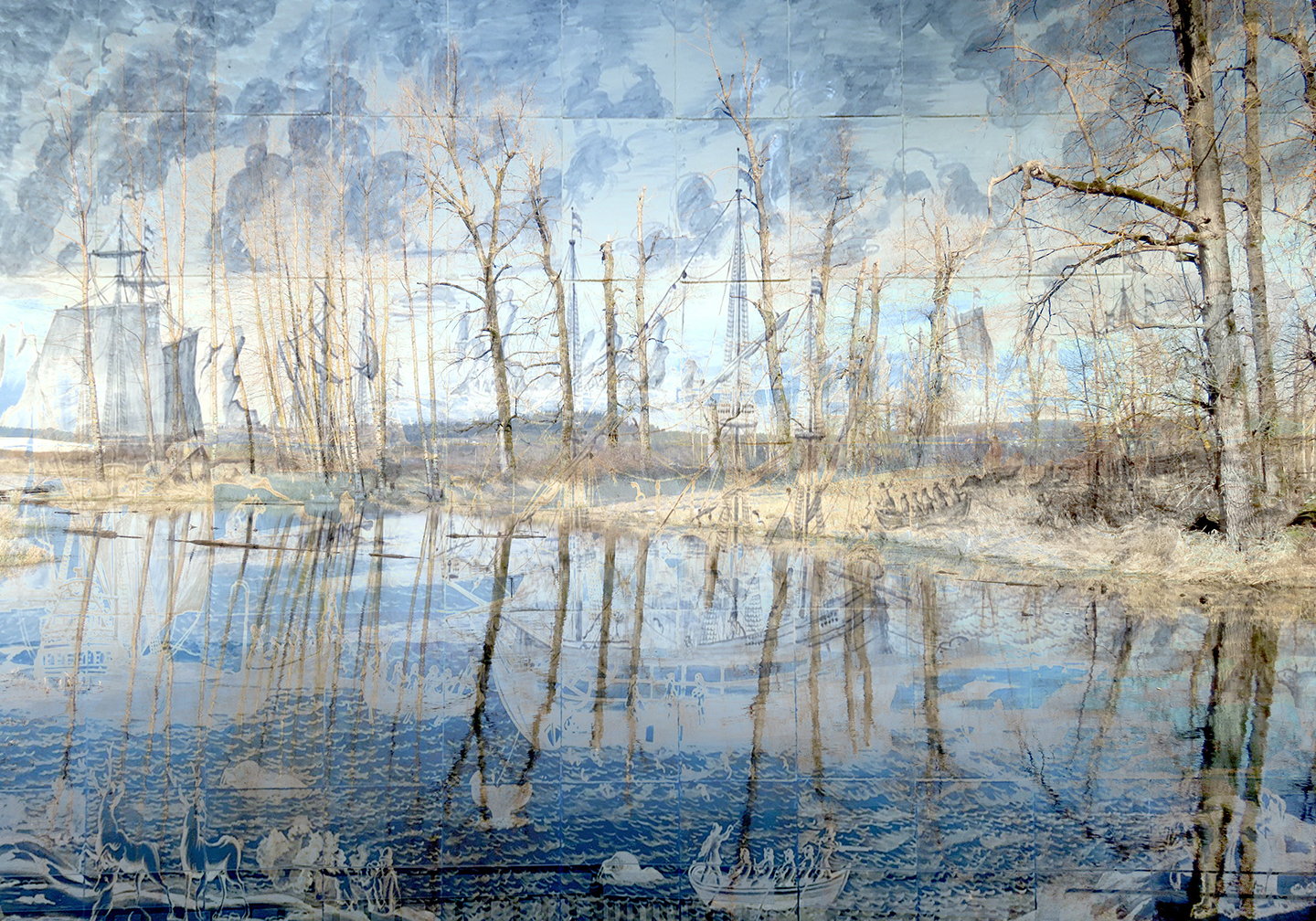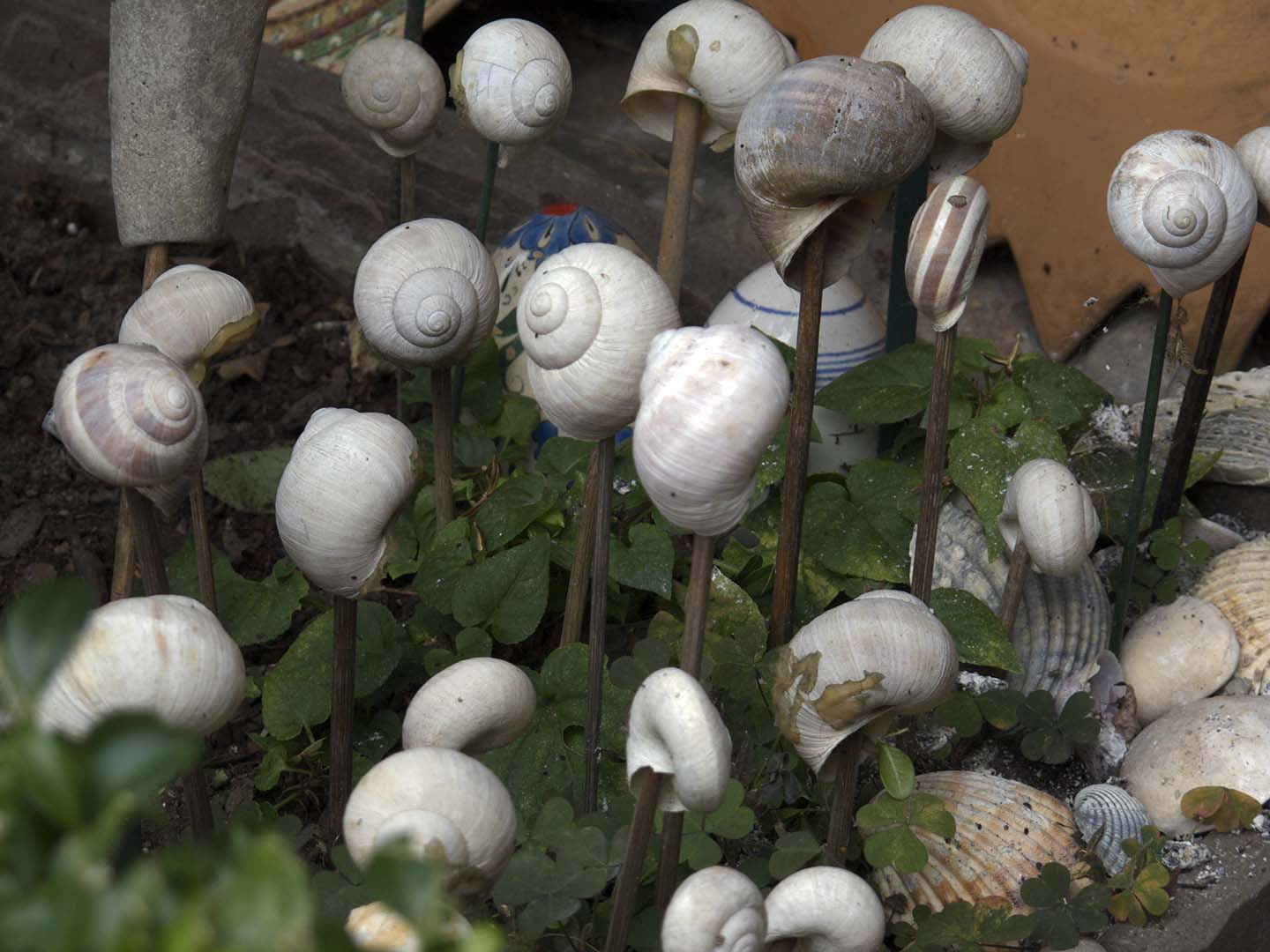I like each and every sound in a concert hall before and during a performance. The coughing, the rustling of cough drop wrappers being unwrapped, the dropping of programs, the gentle snoring of this weekend’s seat neighbor (a stranger,) the gasps when someone’s cellphone goes off despite house warnings, the whiny kid, the tapping feet of Rachmaninoff enthusiasts – I love them all. Music is a communal enterprise, not just between the musicians but in the shared experience, in time, with an audience, and the noise we produce makes it clear we exist and are all in this together. Community, if only for a few hours.


This weekend’s program at the Oregon Symphony added a third kind of sound to the music played and the muted noise of the listeners: the music itself contained references to things heard in the real world and then translated into notes, in this instance a ping-pong game.
Yup. Table tennis. Spin Flip by Korean composer Texu Kim was a romp of musical allusions, tightly and energetically conducted by Eun Sun Kim. (I am linking to an older performance by a different orchestra in Korea which unfortunately does not capture the richness that was heard here in Portland.)
And if this piece was about flying balls, the next one, Chopin’s Piano concerto Nr. 2, reminded me of dispersing, clattering and rolling marbles. A gorgeous performance by Benjamin Grosvenor. (My link is to Rubinstein, all I could find.) I will remain silent on the nostalgic molasses of the third part of the concert, Rachmaninoff’s 3rd, since I have no time for enraged comments about my ignorance about the true modernist core of the piece….


*
We are not unfamiliar with world sounds imported into musical notations, just think of all the bird songs making an appearance, prominently with Beethoven’s Pastorale (here are his bird calls) and extensively with Messiaen’s Catalog of Birds – I wrote about it some years back here:
Since then I have learned a lot more – particularly about the relationship between environmental sounds in music and social practices. Listen to some instances here. People either imitated the voices with instruments (or whistling – a fascinating topic for another day,) or they imported the real ones through recordings. Composers also started to have extensive notations about the kind of places they wanted you to imagine while listening.
“…identifies species or environmental things like “stream” or whatever he was going for. Something about that, too, also indicates (at a really basic level) the relationship between the score and the piece. There is this project at work, in addition to the music, supplementary to the music, or complementary to the music. I’m of the mind that it’s key to understanding the piece. These really descriptive, poetic presentations of where we are in the land, in addition to the detailed marking-up of the score, says to me that this piece had a multi- sensory, multi-modal way of being in the world that it desired…where you were not only a listener, but you were also a reader, you were also a body in a physical space to absorb the sounds in a particular way.”
A true attempt to invite us to share the glories of nature.

Eventually you end up with something altogether strange: music composed of themes entirely constructed with real birdcalls, Jim Fassett’s Symphony of the Birds. (Actual piece starts at 6:20.) Ornithologists reacted with dismay – they were the specialists in recording bird song and did not cherish intruders into their scientific domain. G-d forbid, art should dilute science…

Never mind the competition for marketing: The Cornell Lab of Ornithology with its amazing collection of recordings, and the associated Cornell University press, was often selling or licensing them to Walt Disney or other film companies for their projects, creating a market place for environmental sounds.
They should ALL hurry up with the recoding: new data show we’ve lost 3 billion birds over the last half century across North America, 29 % of the population.

Let’s hear the blackbird sing in creative ways…..
















